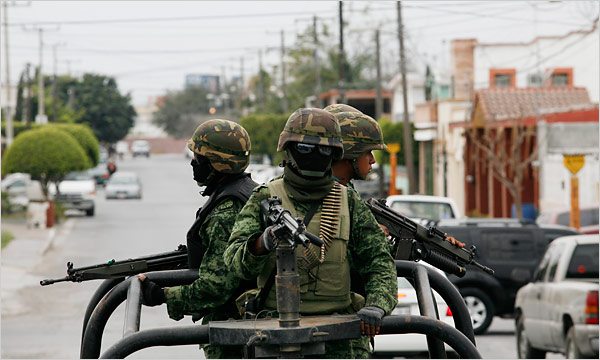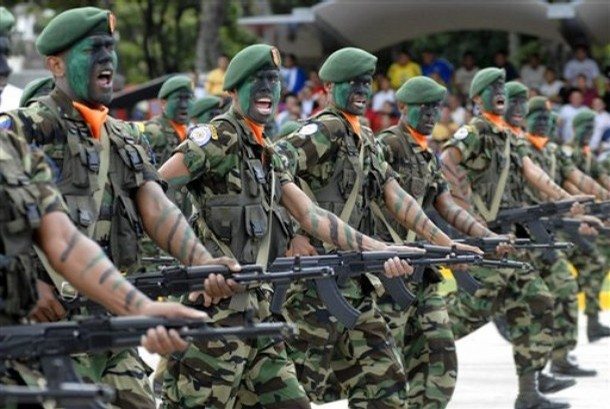Mexico’s defence and security sector was teetering on the edge of a potential overhaul in late 2011, with the nature of defence spending again mostly influenced by the country’s seemingly indelible drug cartel and organised crime activity. After a steady stream of bloody back and forths among the country’s drug cartels, law enforcement and military, the Defence Ministry made a bid for about MXN13.5bn (US$995.4mn) in funding in late 2011. BMI expects to see Mexico’s defence expenditure grow by 6.67% to MXN62.69bn (US$5.26bn) in 2011, with growth in the 10 years to 2021 coming in at an average 4.48%. By the end of the forecast period in 2016, BMI expects total defence expenditure to reach MXN76.00bn.
The ministry envisages the creation of 18 new battalions of special forces and potentially an increase in wages to stem the army’s high desertion rate. Each battalion will contain 600 personnel, adding as many as 11,000 soldiers or staff to the Army. It remains to be seen whether the government will back what is effectively the expansion of Mexico’s military altogether, which has been a mooted plan for some years. Mexico has also sourced Black Hawk helicopters and unmanned aerial vehicles from the US. The country took delivery of three new UH-60M Black Hawk helicopters in September 2011, although this was part of the US 2007 Merida Initiative that earmarked US$1.4bn for help combat drug trafficking and organised crime in Central America. The Mexican state of Jalisco also acquired Sikorsky Aircraft Corporation’s S- 70i Black Hawk model in October 2011.
Although we revised up our forecast for Mexico’s foreign reserves to US$140bn in September 2011 from US$135bn previously, BMI also lowered its expectations for economic growth to 3.8% from 4.1% on the back of a weaker growth outlook for the US. Mexico’s export growth may have been positive over the 18 months to September 2011 but the dependence on US demand will inevitably clip any momentum that may have been building.
Although Enrique Peña Nieto, Partido Revolucionario Institucional (PRI) member and current governor of the Estado de México (Edomex), was leading the race to take the Mexican presidency in 2012 as of August 2011, there are signs that the outlook will become more cloudy over the next few months. The main reason is that election may not be divided along party lines, with several potential candidates from each party (including the PRI) who may be able to beat Peña Nieto in a head-to-head run off. While we still expect the Edomex governor to win, increased uncertainty ahead of the vote could be enough to unsettle investors.










